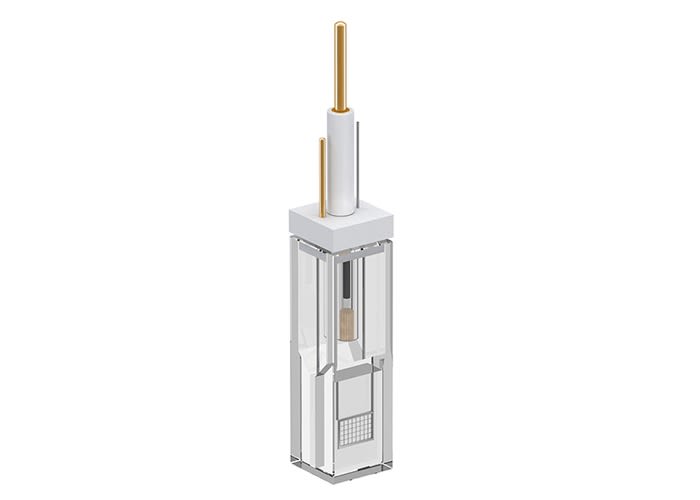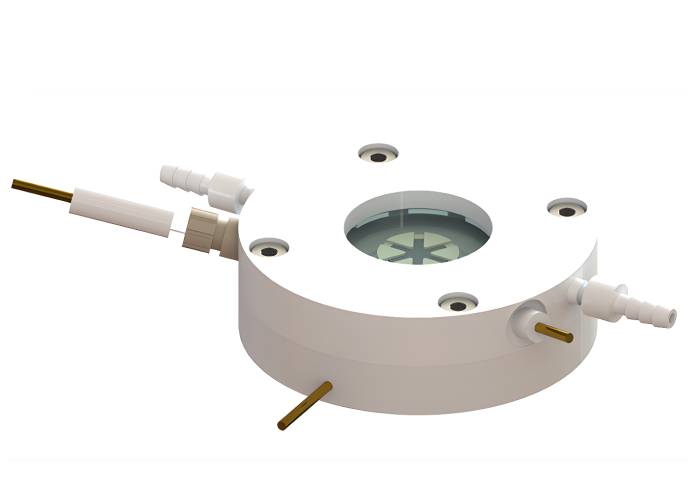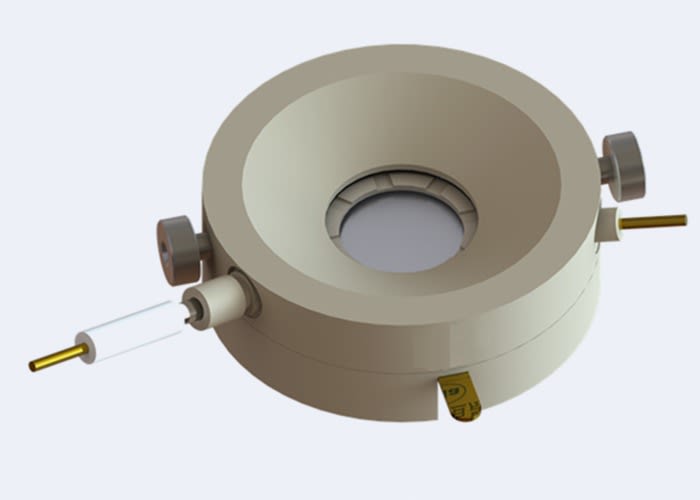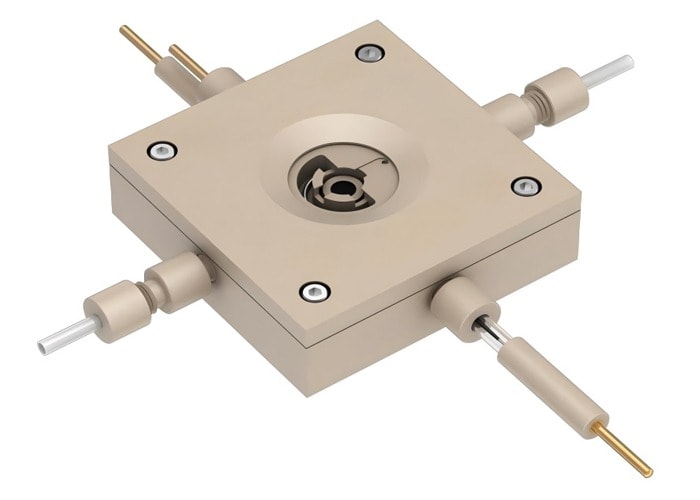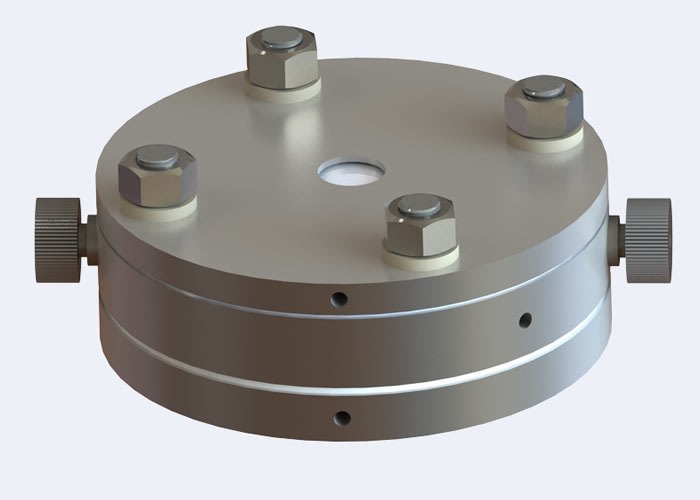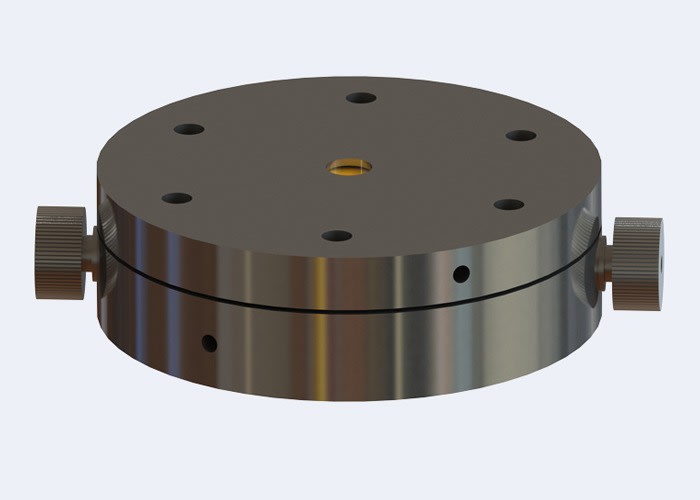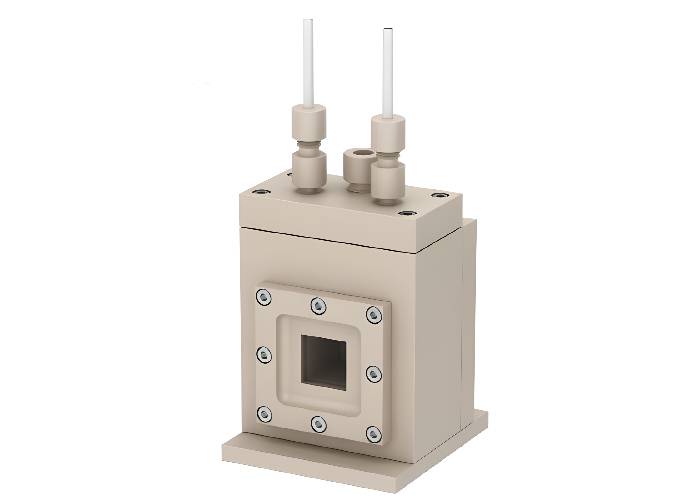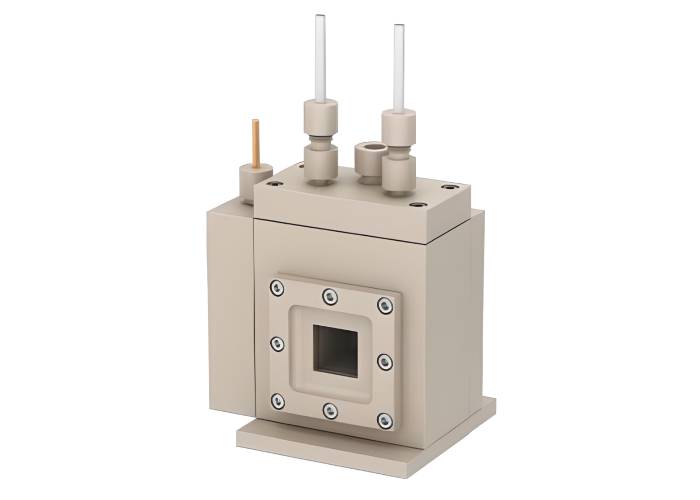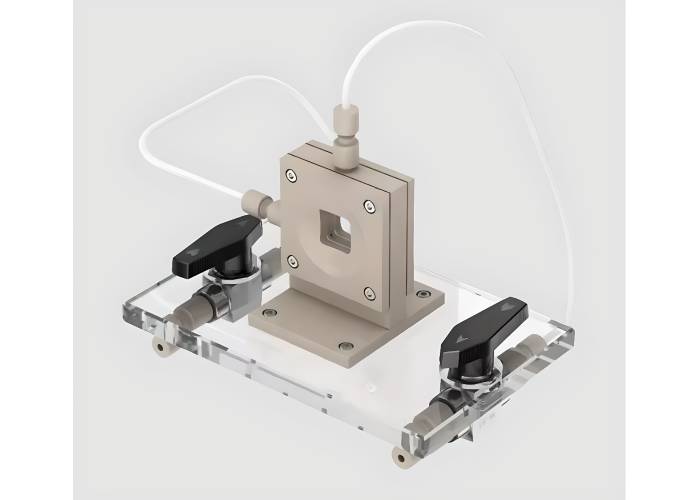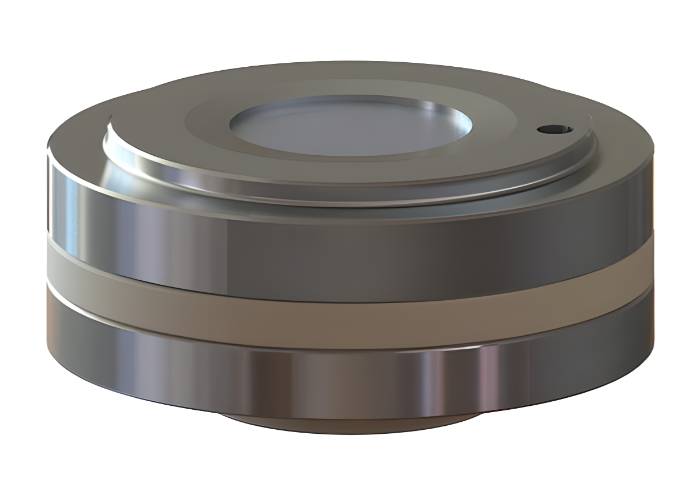
In-Situ Battery XRD Test Cell (for Japan Rigaku XRD mini)
The In-Situ Battery XRD Test Cell for Rigaku XRD mini enables operando XRD and electrochemical studies during charge–discharge. Stainless steel with Be/Kapton window and PTFE seals supports φ16mm electrodes, 5–6mm stacks, synchronized phase analysis.
Description
Principle of Operation
The in-situ battery XRD test cell enables operando X-ray diffraction of electrode materials while the battery is undergoing charge/discharge. It incorporates an X-ray transparent window (e.g. beryllium or Kapton) permitting the incident beam to probe the electrode stack in real time. As lithium ions intercalate and de-intercalate, shifts in lattice parameters, phase transitions, and structural strain effects can be tracked continuously. This allows direct correlation of electrochemical state with crystal structure evolution. In in-situ XRD, metastable or transient phases can be captured that would relax during ex-situ sampling.
Key Features & Specifications
- Material construction: stainless steel body with PEEK or insulating base to maintain chemical compatibility with typical lithium battery electrolytes
- X-ray window: Be foil (e.g. 0.2 mm thickness, aperture ~24 mm) or optional Kapton window as alternate low-Z material
- Working electrode size: accommodates electrodes up to φ16 mm
- Maximum cell stack thickness: cathode + separator + anode up to ~5–6 mm
- Sealing: robust PTFE/O-ring assembly for full sealing against moisture and air
- Electrical contacts: feedthroughs for connecting to potentiostat/galvanostat
- Removable design: easy disassembly, cleaning, and re-assembly
- 2θ angular range: from e.g. 5° to 160° (depending on XRD instrument geometry)
Compatibility & Integration
This test cell is specially adapted for use with Japan Rigaku XRD mini systems, fitting the sample stage geometry and mount interface. It can be connected to external potentiostats or battery cyclers for synchronized charge/discharge during diffraction. The cell can also be adapted for combined techniques, e.g. coupling with Raman, FTIR, or synchrotron beamlines with minor modifications. The design supports glovebox assembly to protect moisture-sensitive electrodes.
Typical Applications
- Real-time phase transition monitoring in Li-ion cathode/anode materials
- Study of lattice strain, unit cell expansion, contraction, and stacking order changes
- Investigating electrode degradation mechanisms under cycling
- Correlation of structural changes to electrochemical performance (capacity fade, voltage hysteresis)
- Exploring new battery chemistries, solid-state batteries, and conversion-type systems
Customer Reviews
Related Product
Explore our precision instruments designed for electrochemical research and energy applications
Still Wondering About Something?
Explore our FAQ for fast, clear answers to the most common questions—available 24/7.


